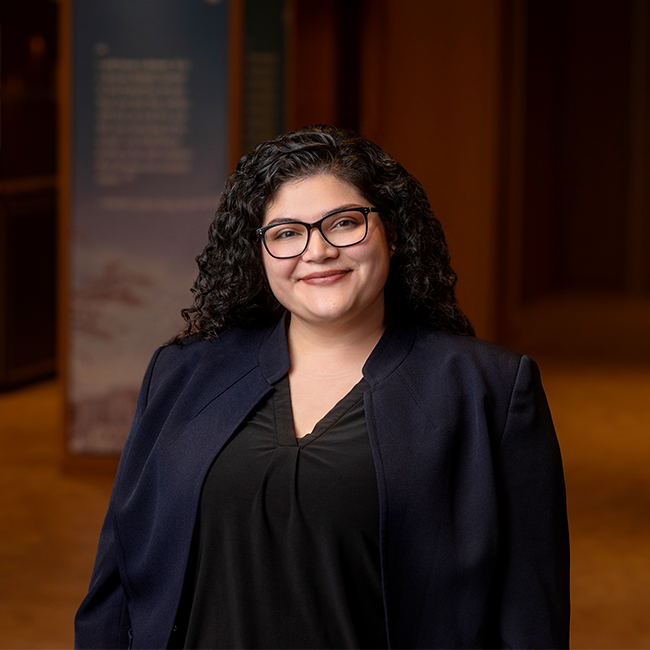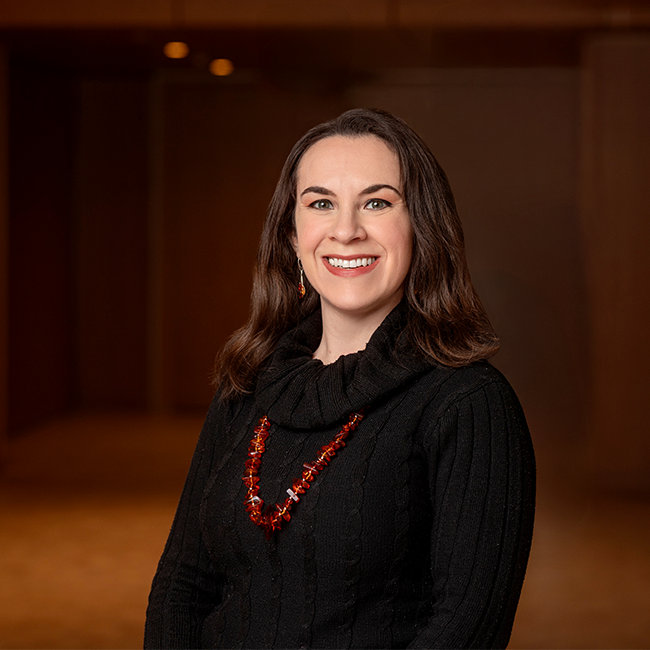
Cities across the US, particularly those along the coasts, are facing mounting threats from climate change and sea-level rise. In New York City, Lower Manhattan was hit particularly hard by Hurricane Sandy in 2012. In the years since, considerable investment has been made by both the public and private sectors to better protect this regionally and nationally vital neighborhood, but there is still much work to be done. The level of investment necessary to protect Lower Manhattan from future sea-level rise and other climate-related risks has been estimated at up to $10 billion, a figure far beyond the capacity of the capital budget of city government. With federal funding unlikely in the foreseeable future, this funding gap must be addressed through innovative financing models.
On April 3, 2019, the Milken Institute, in collaboration with AECOM, held a Financial Innovations Lab in New York City to explore Lower Manhattan as a case study for innovative financing of coastal resiliency infrastructure. During the Lab, a group of stakeholders and industry experts were brought together to examine a variety of financing options.
Key Recommendations
- Improve Data Collection, Metrics, and Quantification of Risk
Aggregating, synthesizing, and socializing the environmental data related to climate risks and establishing standardized metrics for resiliency is fundamental to understanding the potential value of new infrastructure projects and rationalizing the large up-front costs. - Expand Municipal Bond Options
Since resiliency infrastructure typically lacks a clear and direct revenue-generating component, a bonding program requires a more innovative approach to securing the debt, and Lab participants identified several possible solutions. - Design an Insurance Surcharge for Resiliency
A surcharge on certain lines of insurance at the city, state, or regional level was identified as a potential avenue for generating funding that would capitalize on a dedicated resiliency trust fund with bonding potential. - Model the Value of Shoreline Extension
As the city develops a master plan over the next two years for a potential shoreline extension project that will protect the Financial District and Seaport neighborhoods, modeling the possible value of new development and exploring value capture tools will be key first steps. - Design a Water and Sewer Surcharge
A surcharge on revenue-generating services and utilities, such as water and sewer fees, was also explored as a means to capitalizing a resiliency trust fund.













